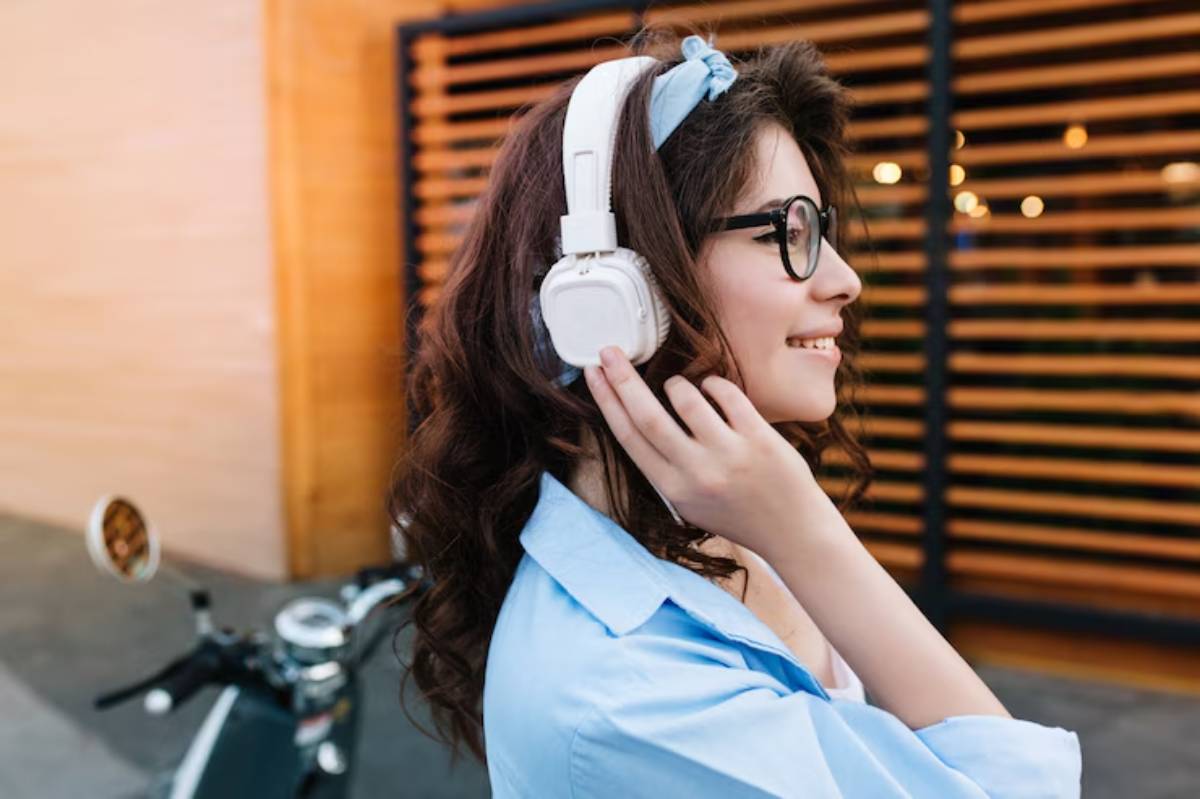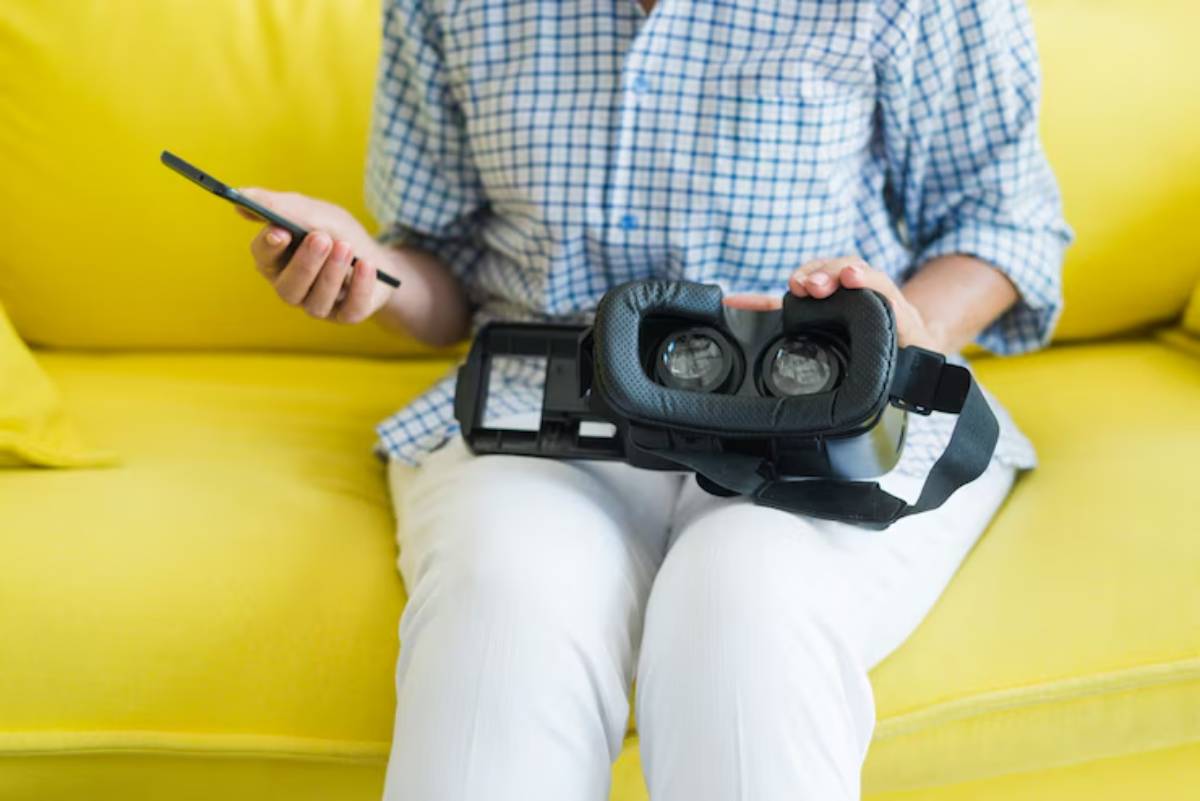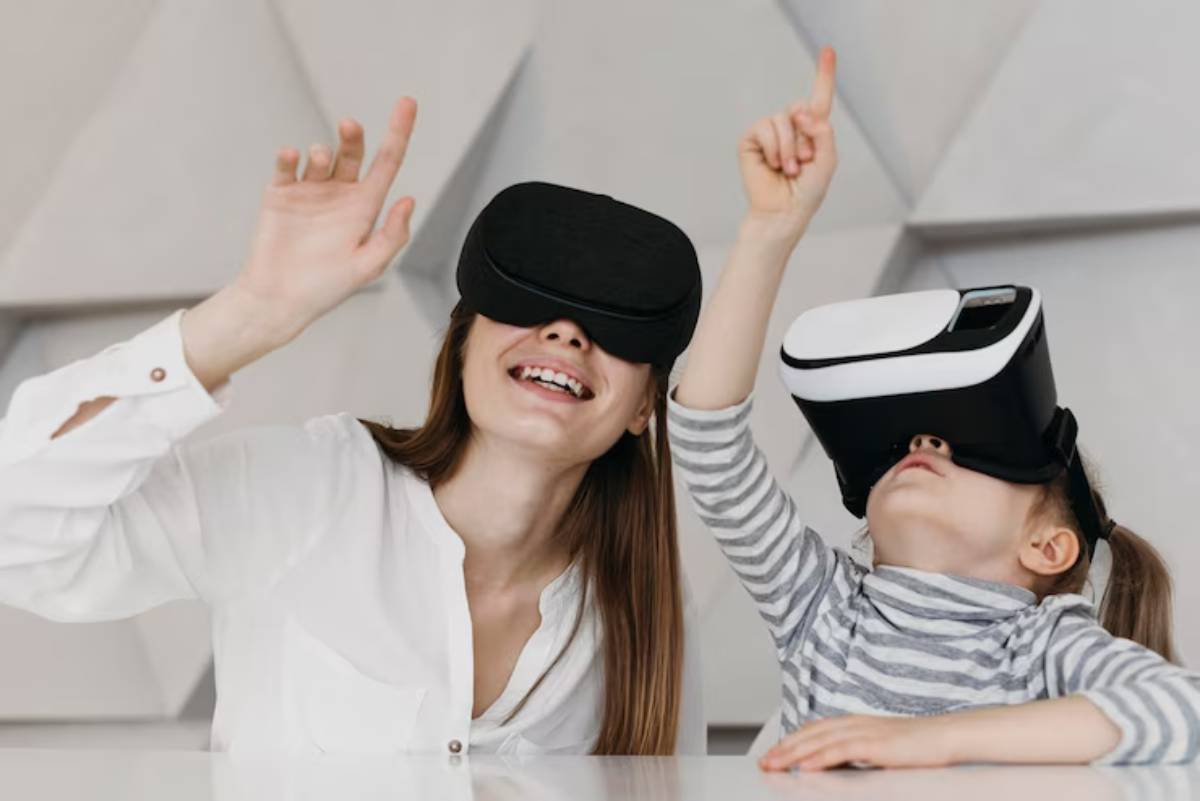
VR Face Covers: Hygiene and Comfort Compared
If you’ve ever pulled off your VR headset after an intense gaming session only to find your face clammy and the padding damp, you’re not alone. Whether it’s a quick 15-minute play or a sweaty Beat Saber workout, your headset absorbs every bit of that effort.
VR face covers aren’t just about comfort — they’re essential for hygiene. Your headset is in direct contact with your skin, so over time, bacteria, sweat, and oil build up. If you share your headset with family or friends, the issue becomes even more pressing.
In this guide, we’ll explore the best VR hygiene accessories, breaking down the materials, fit, comfort, and practicality of the top face covers. Whether you’re chasing better airflow, a cleaner experience, or just something gentler on your skin, we’ve got you covered — literally.
What Is a VR Face Cover?
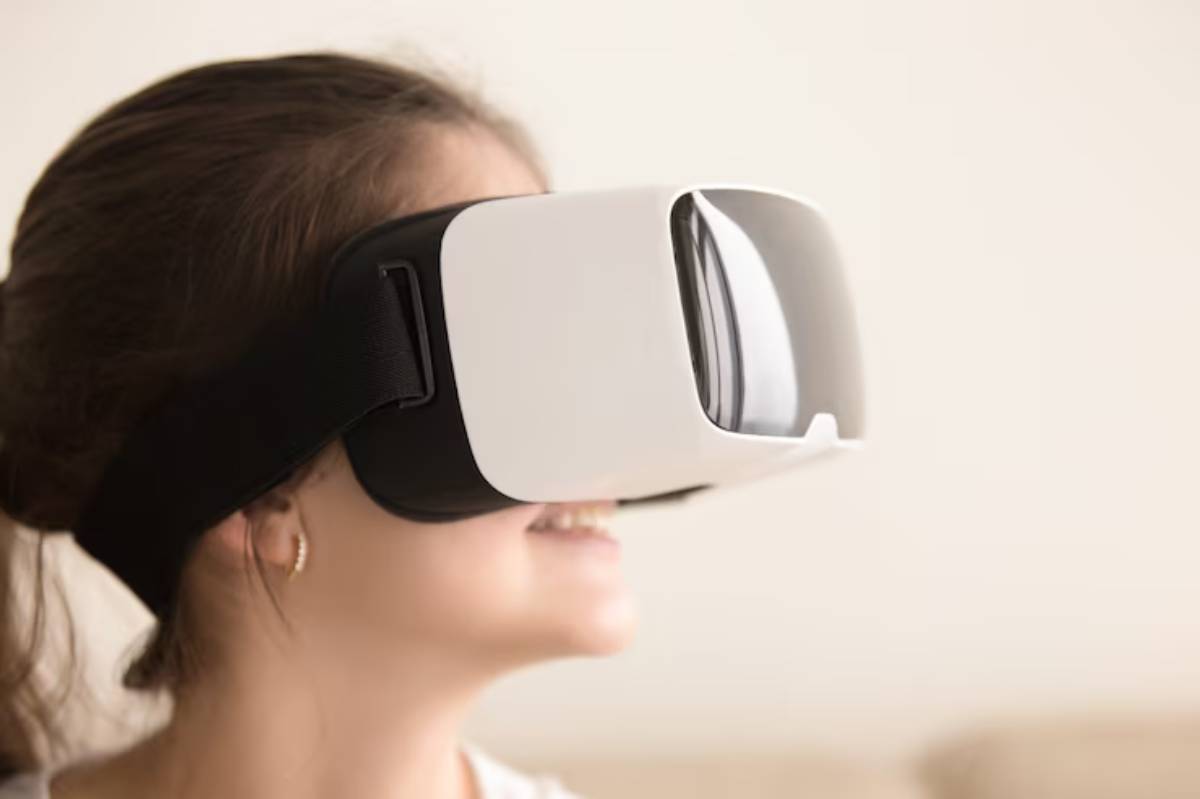
A VR face cover, sometimes called a facial interface or VR face pad, is the part of your headset that rests directly against your forehead, cheeks, and nose. The default face pad that comes with most headsets is usually made of foam or PU leather — serviceable, but not always ideal.
Why Replace the Default Cover?
- Hygiene: Prevents bacterial buildup and odour
- Comfort: Reduces pressure and friction on your face
- Fit: Improves immersion by blocking light leaks
- Durability: Holds up better over time, especially with regular use
Swapping out your standard pad for a silicone VR cover or upgraded foam interface can dramatically change your comfort level and how often you feel the need to clean your headset.
If your headset is shared among family members, especially children, it’s not just hygiene you’ll need to manage — ensuring safe usage is key too. Learn how to protect younger users by setting parental controls in VR devices to create a safer and more controlled environment.
Types of VR Face Covers
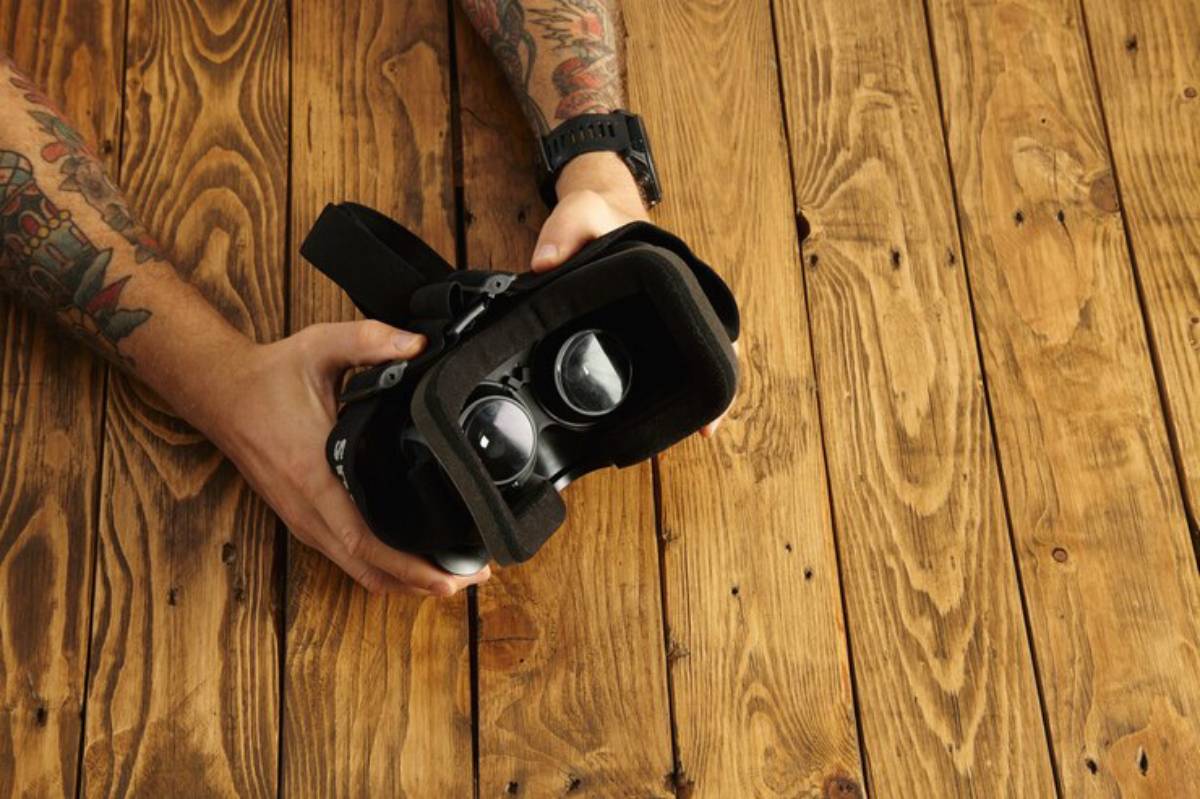
There are three main types of materials commonly used in face pads:
1. PU Leather Covers
- Pros: Wipeable, soft on skin, widely available
- Cons: Can get warm during long sessions, less breathable
2. Silicone Covers
- Pros: Waterproof, extremely easy to clean, hypoallergenic
- Cons: Can feel sticky or sweaty without proper airflow
3. Memory Foam or Gel Foam Pads
- Pros: Cushioned and breathable, contours to your face
- Cons: Harder to clean, may absorb sweat over time
Many users opt for a two-layer solution: a silicone cover for easy sanitisation and a separate foam pad for comfort.
Top VR Face Covers Reviewed
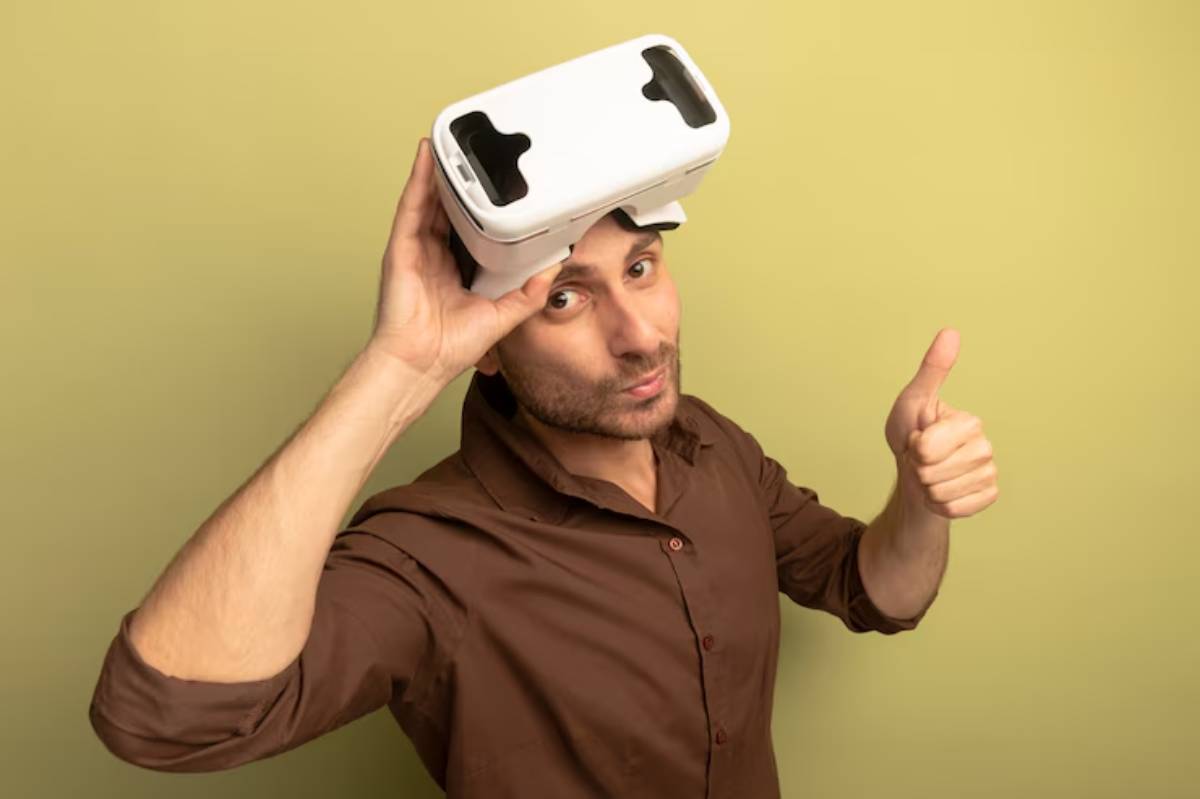
Let’s dive into some of the most popular and highest-rated face covers available, particularly for Meta Quest 2 and Quest 3 headsets.
1. VR Cover Facial Interface & Foam Replacement Set
Material: PU leather Compatibility: Meta Quest 2 & 3
This premium set from VR Cover includes a new plastic facial interface, two different foam pads (thick and slim), and a removable nose guard. It’s great for reducing light bleed while adding comfort.
Pros:
- Easy to clean with antibacterial wipes
- Interchangeable padding
- Enhanced airflow channels
Cons:
- Slightly pricey
- PU leather can feel warm during extended sessions
Best for: Daily users looking for all-day comfort and cleanability.
2. Kiwi Design Silicone Face Cover
Material: Medical-grade silicone Compatibility: Meta Quest 2
This cover slips over the stock face interface and is perfect for intense gaming or fitness sessions. It’s one of the best silicone VR covers for users who want something they can wipe down instantly between uses.
Pros:
- Non-porous and sweat-resistant
- Soft touch finish
- No chemical smell
Cons:
- May trap heat with long play sessions
- Needs to be removed for deep cleaning under the cover
Best for: Fitness gamers or households sharing one headset.
3. AMVR Facial Interface & PU Leather Pad Set
Material: PU leather + plastic interface Compatibility: Meta Quest 2
AMVR’s kit is known for its solid balance of affordability and customisation. It includes ventilation holes and two face pad thickness options.
Pros:
- Good value for money
- Built-in vents help prevent fog
- Easy magnetic snap-on attachment
Cons:
- Slight learning curve during first installation
- Doesn’t fit as flush on some face shapes
Best for: Budget-conscious users who want more than just the basics.
4. BoboVR Facial Interface with Magnetic Foam
Material: Memory foam + magnetic base Compatibility: Meta Quest 2 & 3
BoboVR is better known for head straps, but its facial interface is gaining attention. Magnetic foam pads make swaps and cleaning effortless.
Pros:
- High-quality breathable foam
- Magnetic design allows quick changes
- Great for multi-user setups
Cons:
- Not the cheapest option
- Replacement pads cost extra
Best for: Streamers or shared households needing quick swaps.
If you’re already a fan of the brand, pair this with the Top Head Straps for Meta Quest 2 & 3 to complete the comfort setup.
What to Consider When Choosing a VR Face Pad
1. Your Skin Type and Sensitivities
If your skin reacts easily to sweat or synthetic materials, go for hypoallergenic silicone or breathable memory foam.
2. Usage Frequency
- Occasional users: A simple wipe-clean silicone cover may be enough.
- Daily or fitness users: Look for breathable and padded designs to reduce pressure and absorb sweat.
3. Whether You Share Your Headset
Multiple users mean increased hygiene concerns. Choose covers that are easy to clean quickly between sessions.
4. Compatibility
Not every cover fits every headset. Some are designed exclusively for the Meta Quest 2 or 3, while others offer broader compatibility.
Hygiene Tips for Long-Term VR Use
Even the best VR face pad can’t save you from bad habits. Here’s how to keep your setup hygienic:
- Wipe down your cover after every session using antibacterial or alcohol-free wipes.
- Let your headset air out before storing it in a case or box.
- Use a sweatband or VR mask liner if you’re exercising in VR.
- Clean foam or fabric covers weekly with mild soap and water (if washable).
- Replace your cover every few months if you’re a heavy user.
When Should You Replace Your Face Cover?
Most users wait until their padding becomes visibly dirty, but that’s not ideal. Here are signs it’s time to replace:
- Persistent odour even after cleaning
- Flattened or torn foam
- Discolouration or peeling material
- Increased skin irritation or breakouts
Even with proper care, it’s smart to replace your face cover every 3–6 months if you’re using VR regularly.
Conclusion: A Small Upgrade with Big Impact
Choosing the right VR face cover is a simple yet powerful upgrade. It’s about more than just avoiding sweat or grime — it’s about enjoying your VR experience in total comfort, every time you put on the headset.
Whether you prefer the easy-clean practicality of a silicone VR cover, the plush feel of memory foam, or the versatility of modular pads, there’s an option tailored to your needs. Take time to find what suits your skin, play style, and hygiene habits.
Ready to refresh your VR experience? Explore the best face pads, test them out, and keep your setup clean and comfortable. Got a favourite you swear by? Leave a comment or share your pick with the community.

